Originally posted by Michael C
View Post
The Huldra is a seductive forest creature found in Scandinavian folklore. (Her name derives from a root meaning "covered" or "secret".) In Norwegian folklore, she is known as the skogsrå or skogsfru/skovfrue (meaning "Lady (read, counterpart of a Lord) of the forest"). She is known as Tallemaja (pine tree Mary) in Swedish folklore, and Ulda in Sámi folklore. Her name suggests that she is originally the same being as the völva Huld and the German Holda.[1] A male hulder is called a huldu, or, in Norway, a huldrekarl.[citation needed]
Male huldes, called Huldrekarl, also appear in Norwegian folklore. This being is closely related to other underground dwellers, usually called tusser. Like the female counterpart, the huldrkarl is a shapeshifter who often lures girls under a fair countenance.
Male huldes, called Huldrekarl, also appear in Norwegian folklore. This being is closely related to other underground dwellers, usually called tusser. Like the female counterpart, the huldrkarl is a shapeshifter who often lures girls under a fair countenance.
Features
The huldra is a stunningly beautiful, sometimes naked woman with long hair; though from behind she is hollow like an old tree trunk, and has an animal's tail. In Norway, she has a cow's tail, and in Sweden she may have that of a cow or a fox. Further in the north of Sweden, the tail can be entirely omitted in favor of her hollow or bark-covered back.[citation needed]
In Norway, the huldra has often been described as a typical dairymaid, wearing the clothes of a regular farm girl, although somewhat more dazzling or prettier than most girls.[
The huldra is a stunningly beautiful, sometimes naked woman with long hair; though from behind she is hollow like an old tree trunk, and has an animal's tail. In Norway, she has a cow's tail, and in Sweden she may have that of a cow or a fox. Further in the north of Sweden, the tail can be entirely omitted in favor of her hollow or bark-covered back.[citation needed]
In Norway, the huldra has often been described as a typical dairymaid, wearing the clothes of a regular farm girl, although somewhat more dazzling or prettier than most girls.[
Folklore
The huldra is one of several rå (keeper, warden), including the aquatic Sjörå (or havsfru), later identified with a mermaid, and the bergsrå in caves and mines who made life tough for the poor miners.[citation needed]
More information can be found in the collected Norwegian folktales of Peter Christen Asbjørnsen and Jørgen Moe
The huldra is one of several rå (keeper, warden), including the aquatic Sjörå (or havsfru), later identified with a mermaid, and the bergsrå in caves and mines who made life tough for the poor miners.[citation needed]
More information can be found in the collected Norwegian folktales of Peter Christen Asbjørnsen and Jørgen Moe
Sámi
Ulddaidvárri in Kvænangen, Troms (Norway) means "Mountain of the Hulders" in North Sámi. you know what this means ..... GPS Time
you know what this means ..... GPS Time
Ulddašvággi is a valley southwest of Alta in Finnmark, Norway. The name means "Hulder Valley" in North Sámi. The peak guarding the pass over from the valley to the mountains above has a similar name, Ruollačohkka, meaning "Troll Mountain" - and the large mountain presiding over the valley on its northern side is called Háldi, which is a term similar to the above mentioned Norwegian rå, that is a spirit or local deity which rules a specific area.
Ulddaidvárri in Kvænangen, Troms (Norway) means "Mountain of the Hulders" in North Sámi.
 you know what this means ..... GPS Time
you know what this means ..... GPS Time Ulddašvággi is a valley southwest of Alta in Finnmark, Norway. The name means "Hulder Valley" in North Sámi. The peak guarding the pass over from the valley to the mountains above has a similar name, Ruollačohkka, meaning "Troll Mountain" - and the large mountain presiding over the valley on its northern side is called Háldi, which is a term similar to the above mentioned Norwegian rå, that is a spirit or local deity which rules a specific area.




+
will be going through the following text

The Eighth Mount Haemus Lecture | Order of Bards and Druids
The Eighth Mount Haemus Lecture
Entering Faerie - Elves, Ancestors & Imagination
by Dr.James Maertens, Alferian Gwydion MacLir
Abstract
Elves and Faerie folk are alive and well in modern culture, especially among the culture of magical folk and those pursuing a nature spirituality, but also most obviously in children's literature. Fictional representations of the Hidden People are drawing more and more on the study of folklore and actual present-day accounts of "meeting the Other Crowd." Rejecting the term "supernatural" and the dichotomy between subjectivity and objectivity, I consider the reality of the Sidhe as something that is part of Nature and part of the human psyche at the same time. Modern Druids must walk a fine line between the study of old folklore and the creation of new folklore. How do we live in a culture of scientific materialism and yet challenge the dominant knowledge paradigm? Looking at both fiction and non-fiction, I suggest a middle way between credulity and skepticism that posits the power of imagination as central to perception, and perceptions of the Faerie realms as manifest in many ways . However we commune with the Faerie realms, we do well to recognize the importance to our Ancestors of magical beings as integral parts of their world.
. However we commune with the Faerie realms, we do well to recognize the importance to our Ancestors of magical beings as integral parts of their world.
Entering Faerie - Elves, Ancestors & Imagination
by Dr.James Maertens, Alferian Gwydion MacLir
Abstract
Elves and Faerie folk are alive and well in modern culture, especially among the culture of magical folk and those pursuing a nature spirituality, but also most obviously in children's literature. Fictional representations of the Hidden People are drawing more and more on the study of folklore and actual present-day accounts of "meeting the Other Crowd." Rejecting the term "supernatural" and the dichotomy between subjectivity and objectivity, I consider the reality of the Sidhe as something that is part of Nature and part of the human psyche at the same time. Modern Druids must walk a fine line between the study of old folklore and the creation of new folklore. How do we live in a culture of scientific materialism and yet challenge the dominant knowledge paradigm? Looking at both fiction and non-fiction, I suggest a middle way between credulity and skepticism that posits the power of imagination as central to perception, and perceptions of the Faerie realms as manifest in many ways
 . However we commune with the Faerie realms, we do well to recognize the importance to our Ancestors of magical beings as integral parts of their world.
. However we commune with the Faerie realms, we do well to recognize the importance to our Ancestors of magical beings as integral parts of their world.
Trained as an English professor and employed in various capacities as a wordsmith  , it should come as no surprise that I start with words themselves. Words are the tools we use to craft reality.
, it should come as no surprise that I start with words themselves. Words are the tools we use to craft reality.
 , it should come as no surprise that I start with words themselves. Words are the tools we use to craft reality.
, it should come as no surprise that I start with words themselves. Words are the tools we use to craft reality.

 ). She will awaken the tree coal burners if their stack catches fire, and so on. In a sense, she may be Diana.
). She will awaken the tree coal burners if their stack catches fire, and so on. In a sense, she may be Diana. 
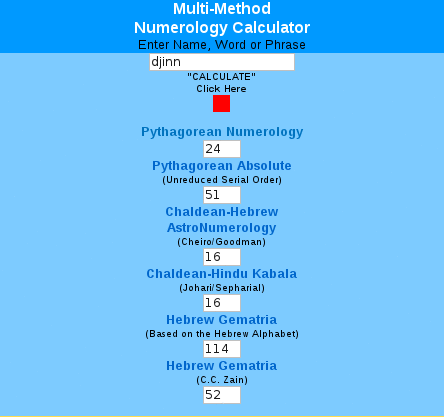
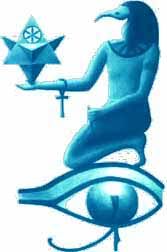
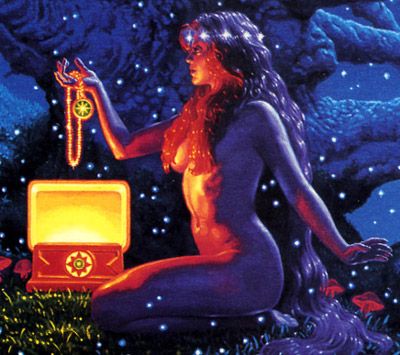
 At least not always. Instead of credulity,
At least not always. Instead of credulity,

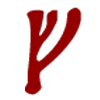

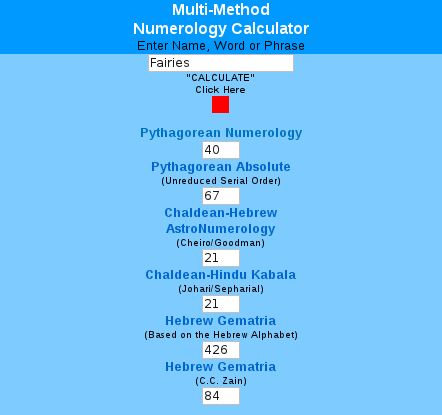
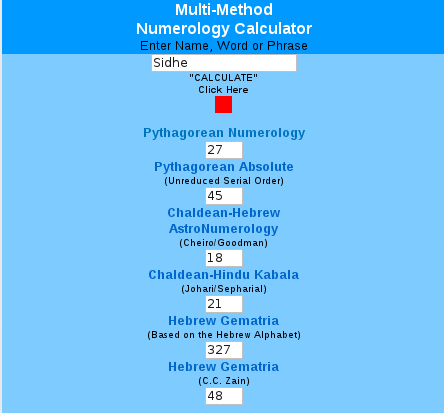

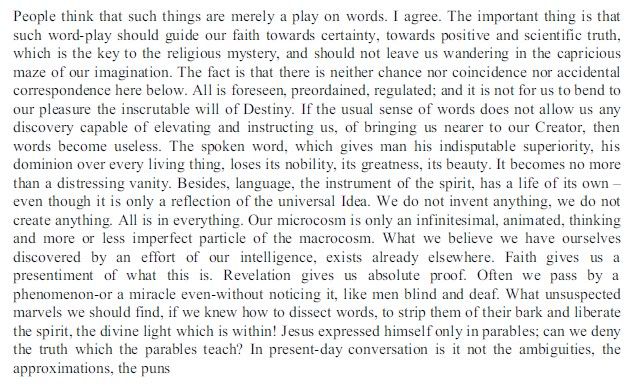


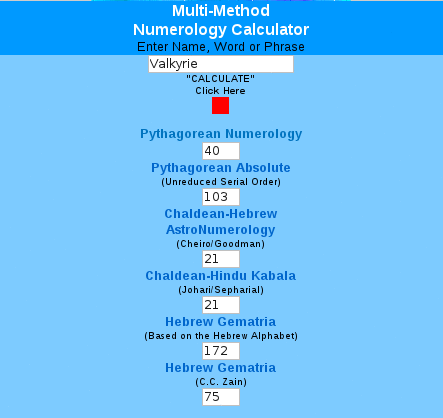

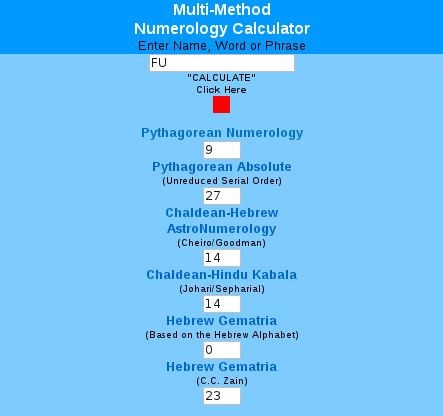






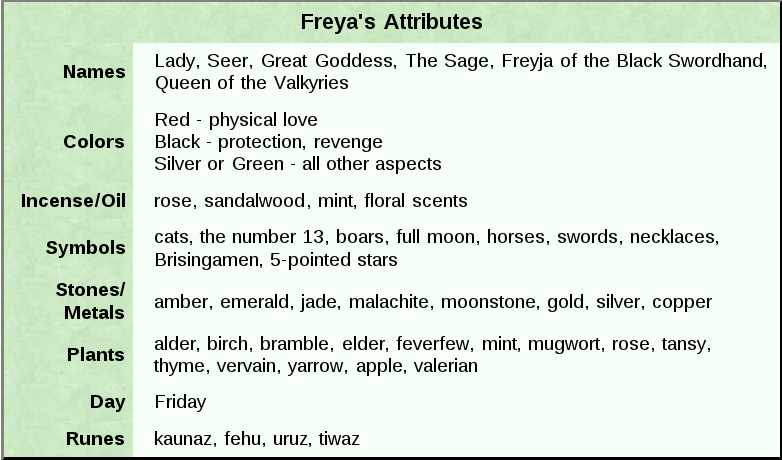




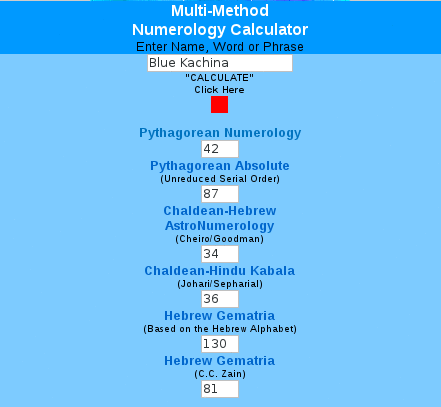

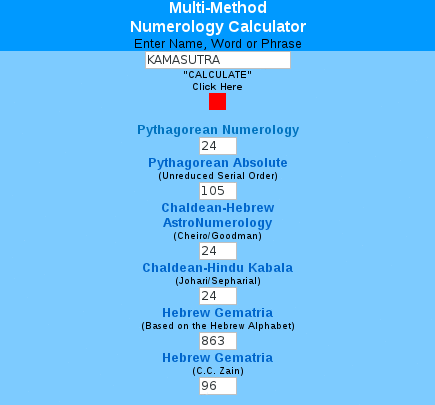

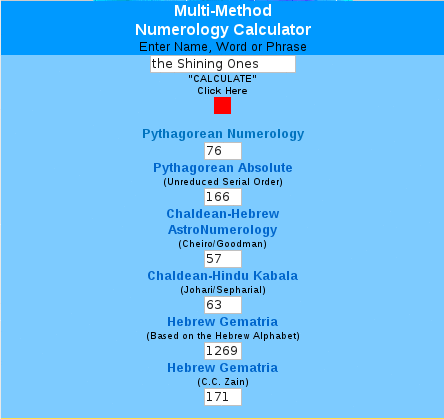








Comment